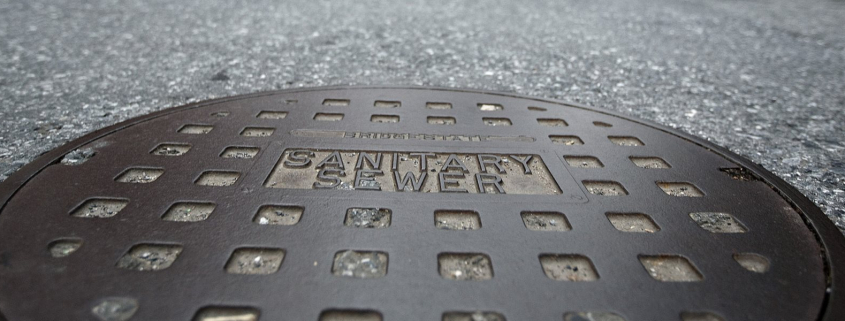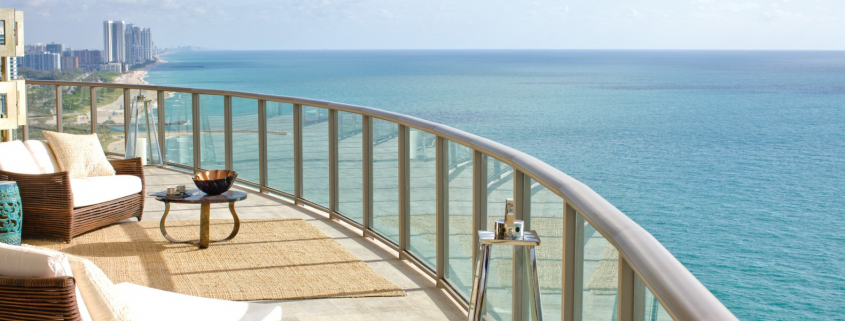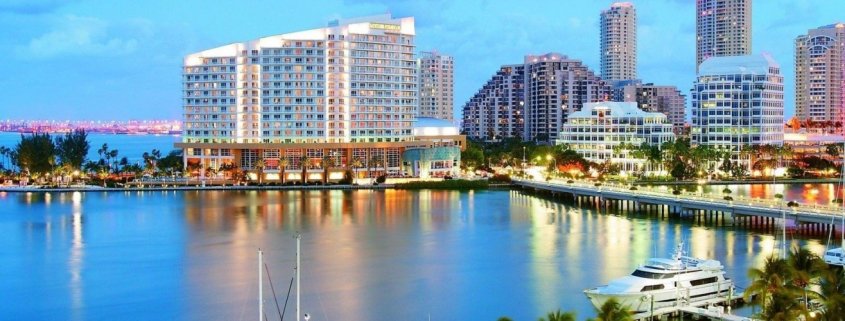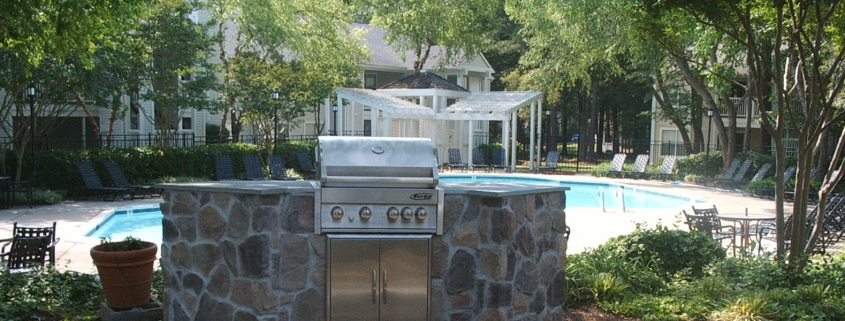We’ve all seen them hanging from the side of a building and thought to ourselves, “Man, I would never do that. Those guys must be crazy.”
Well, to be honest, some of them are, but most are not. The fact is, the profession of washing windows on high rise buildings is actually very safe when all of the standards and regulations are followed properly. Of course, it still takes a tremendous amount of courage to climb over the side of a building and into a boatswain’s chair or to power that stage down when there is nothing separating you from the ground other than a thin aluminum floor.
So how do these folks do it? What makes them secure enough to make a cognitive decision to walk off of a perfectly good rooftop and into thin air, where, for the next hour or so, they will be suspended from lines as thin as your thumb, all the while cleaning the glass of your office or condo building?
The answer is, or should be, safety. Safety is the most important factor when any suspended maintenance work is being performed. Who is responsible for this safety, and what does working safely really mean?
The first question is being asked all across the United States every day with respect to window cleaning, particularly window cleaning done from a boatswain’s chair. Up until now, there was no clear definitive rule with respect to boatswain’s chair work under Federal OSHA. Federal OSHA does address cleaning windows using a powered platform. While some of those rules can be applied to chair work, there are so many areas of uncertainty that Federal OSHA has made proposed changes to Sub Part D – Walking Working Surfaces where they include some rules with respect to this common form of window cleaning.
The new document and the existing ANSI Standards clarify that it is the responsibility of the building owner to provide anchorages for these window cleaning professionals to attach their suspension and safety lines. This is important when the workers are utilizing boatswain’s chairs because more often than not, they are rigging directly to the rooftop anchors for both the suspension and safety lines. The rules and regulations both state that the suspension (the line supporting the worker) and safety lines (used in the event the suspension line fails) should be attached to separate and independent anchorages.
The standard form of anchorage is a rooftop anchor attached to the building’s structure that has been ideally installed during construction. We do know, however, that most building’s do not have these permanent rooftop anchors. Thus, the window washing professionals are required to make do with what structure is available on the rooftop.
We cannot expect a window washing contractor to obtain permission to drill through the roofing and down into the structure and attach a rooftop anchor as, quite simply, they are not qualified to perform this type of work. Therefore, it is incumbent upon the owner of the building to ensure rooftop anchors are available for workers to attach to prior to commencing their work.
The next burning question, assuming we have rooftop anchors or some other form of structure, is how are these workers to attach safely?
Many buildings, maybe even yours, have some form of window washing system installed. Unfortunately, more often than not, they are not in compliance with today’s rigid standards and proposed regulations. We often see derelict davit bases at an unprotected roof edge. These davit bases were originally designed to be used for suspended stages. However, as you know, most window cleaning operations are performed using a boatswain’s chair. So, how do the window washers work safely if there are no independent rooftop anchors available? The workers do what they must to ensure they can complete the work as safely as possible. This does not mean they complete the work in compliance with all the codes and standards. It means they do what they must, which, at times, really is crazy.
They will attach to vent stacks, stair railings or cinder blocks piled on the roof, none of which are designed to take the applied loads of a fall. Further, if these davit bases are existing at the roof edge, often the window washers will attach a tag line between the davit bases and attach both the suspension and safety lines to this line. The problem is the tag line has not been engineered, and in the event of failure of this line, both suspension and safety lines are attached to the same “anchorage.” The failure of one line leads to a catastrophic failure of this unengineered system, resulting in serious injury or death of the worker.
Now, realizing this is a lot of information to take in, I expect you have a lot of questions about the codes and standards. What is required? How do I know? Etc. The test is simple. Take a walk out onto your rooftop and ask yourself, “If I had to,would I attach my entire life to that anchorage?” If there is any doubt in your mind at all, contact a rooftop anchor design professional and have your building assessed for compliance and safety. Once you have the building assessed and certified and when someone asks you if those window cleaners are crazy, you can confidently answer, “Not as crazy as you think.”
Source: Facilities Magazine











